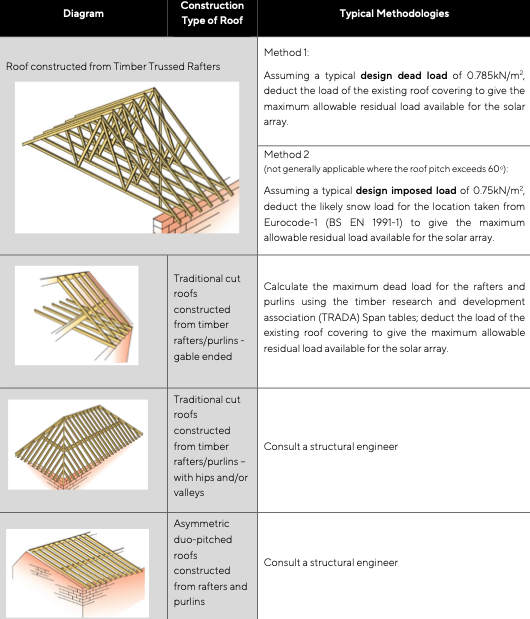
Can a DIY solar panel install still be MCS certified?
No. An MCS installer would have to install your system, from design to installation, in order to be MCS certified. Non MCS solar installations can still be paid for exporting.
Octopus unplugs MCS certification
Source: eFIXX Youtube.
Octopus has enabled non MCS solar installations to access their export payments.
NICEIC and NAPIT already certify and assess their electricians for competence which includes solar PV so is this change an obvious one?
Solar PV is arguably much simpler compared to complex wiring and data cabling already performed regularly by electricians - does it make sense to charge those electricians £000's per year for MCS certification after they are already certified? Especially given the huge demand for solar installation in the UK.
How long before other energy companies follow suit?
Always use a fully qualified electrician.
Self installing solar panels means my installation cannot be MCS certified, does that mean I lose out on selling exports?
With certain providers, yes, MCS certification is currently a requirement to getting paid the government's Smart Export Guarantee (SEG).
Octopus have recognised non MCS installations and can offer their export rates PROVIDED you are an import customer of Octopus.
Currently those export tariffs are:
Octopus Outgoing, Agile Outgoing & Octopus Flux.
They cannot offer their SEG to non import customers as the SEG has MCS as a requirement. We expect that other providers will soon follow suit.
What paperwork do I need?
If you're not going down the MCS installation route there are still important steps you need to take. You won't be provided documentation by the installer, here is what you need.
DNO approval letter - Either via a G98 notification or a G99 application for installations above 3.68kW.
Electrical Installation Certificate i.e. NICEIC/Napit - Always use a fully qualified electrician to connect your inverter and sign it off. It's standard practice by all electricians to issue one of these when a new circuit so insist on getting one.
Building control approval - your electrician could provide this certificate for the electrical side.
Total Installed Capacity (TIC), Declared Net Capacity (DNC) and Installation date - This is your solar array capacity (E.g 9.2kW), the size of your inverter's AC output (E.g 3.6 kW) and the date of installation.
Permission from the grid/DNO (District Network Operator)
Permission from the grid is not required to connect less than 3.68kW per phase. This means 3.68 kW for single phase and 11.04kW for three phase only require a G98 notification - letting the grid know that there is a connection. It is a requirement to tell the DNO so they are aware of a connection.
A G99 application is required for installations installing a larger inverter than 3.68 kW per phase. This has to be done in advance of your installation.
We can do either of these for you if you would prefer.

Can my roof support solar panels? How can I find out?
If your roof/rafters are of standard construction such as those at the top of the image. The design dead load is 0.785 kN/m2. Or roughly 79kg/m2.
Solar systems typically weigh 11kg/m2, an increase in loading equivalent to <15% of the design dead load so would not require a structural engineer. For the majority of roofs, such as those in pictures 1+2, a structural engineer is not required.
If in doubt or if your rafters are wet or you have a non standard roof (pictures 3+4) - contact a local structural engineer, it's a lot cheaper to find out before installation than after!
Always use a qualified electrician
You are still required to use a fully qualified electrician to work on the electrics of your house. You will need the Electrical Installation Certificate from the competent electrician after installation.
Other articles...
-
The downsides to DIY solar panel installation
Read moreThe main disadvantage to DIY solar installation is the lack of MCS certification which limits your choice of export payments.
-
Can a DIY solar panel install still be MCS certified?
Read moreNo. An MCS certified installation has to be performed by an MCS certified installer. Options are available for DIY such as Octopus no longer requiring MCS certification for export payments.
-
What does the 3.68 kW grid limit mean?
Read moreThe 3.68 kW limit relates to the AC output connected to the grid per phase before requiring permission. It does not relate to the DC capacity of the solar installation.
